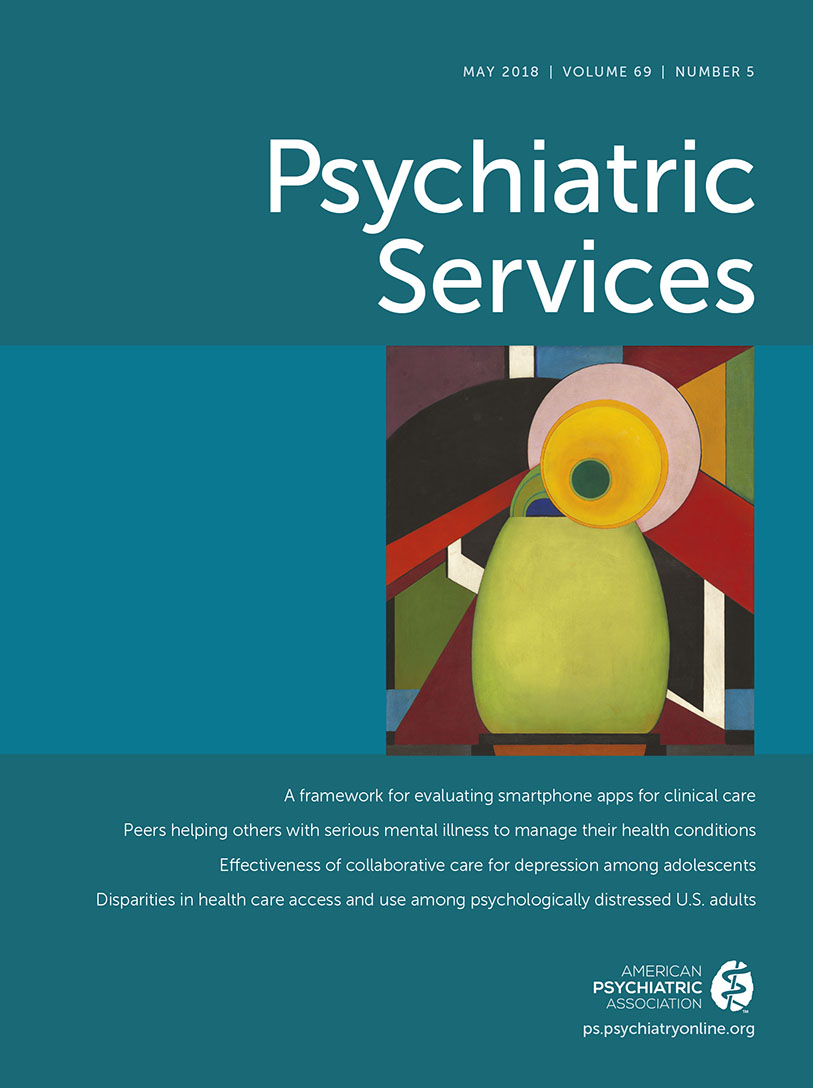Psychotropic Medication Use Among Adults With Schizophrenia and Schizoaffective Disorder in the United States
Abstract
Objective:
The authors examined the use of different classes of psychotropic medication in outpatient treatment of schizophrenia and schizoaffective disorder.
Methods:
Data from the United States Medicaid program were used to examine psychotropic medication use in a cohort of patients who had a diagnosis of schizophrenia or schizoaffective disorder in the calendar year 2010.
Results:
The cohort of Medicaid recipients who filled one or more prescriptions for a psychotropic medication in 2010 included 116,249 patients classified as having schizophrenia and 84,537 classified as having schizoaffective disorder. During 2010, 86.1% of patients with schizoaffective disorder and 70.1% with schizophrenia were treated with two or more different classes of psychotropic.
Conclusions:
Psychotropic medications other than antipsychotics were commonly prescribed for individuals with a diagnosis of schizophrenia or schizoaffective disorder. Their widespread use and uncertainty about their net benefits signal a need for research on their efficacy, safety, and appropriate use in these conditions.



